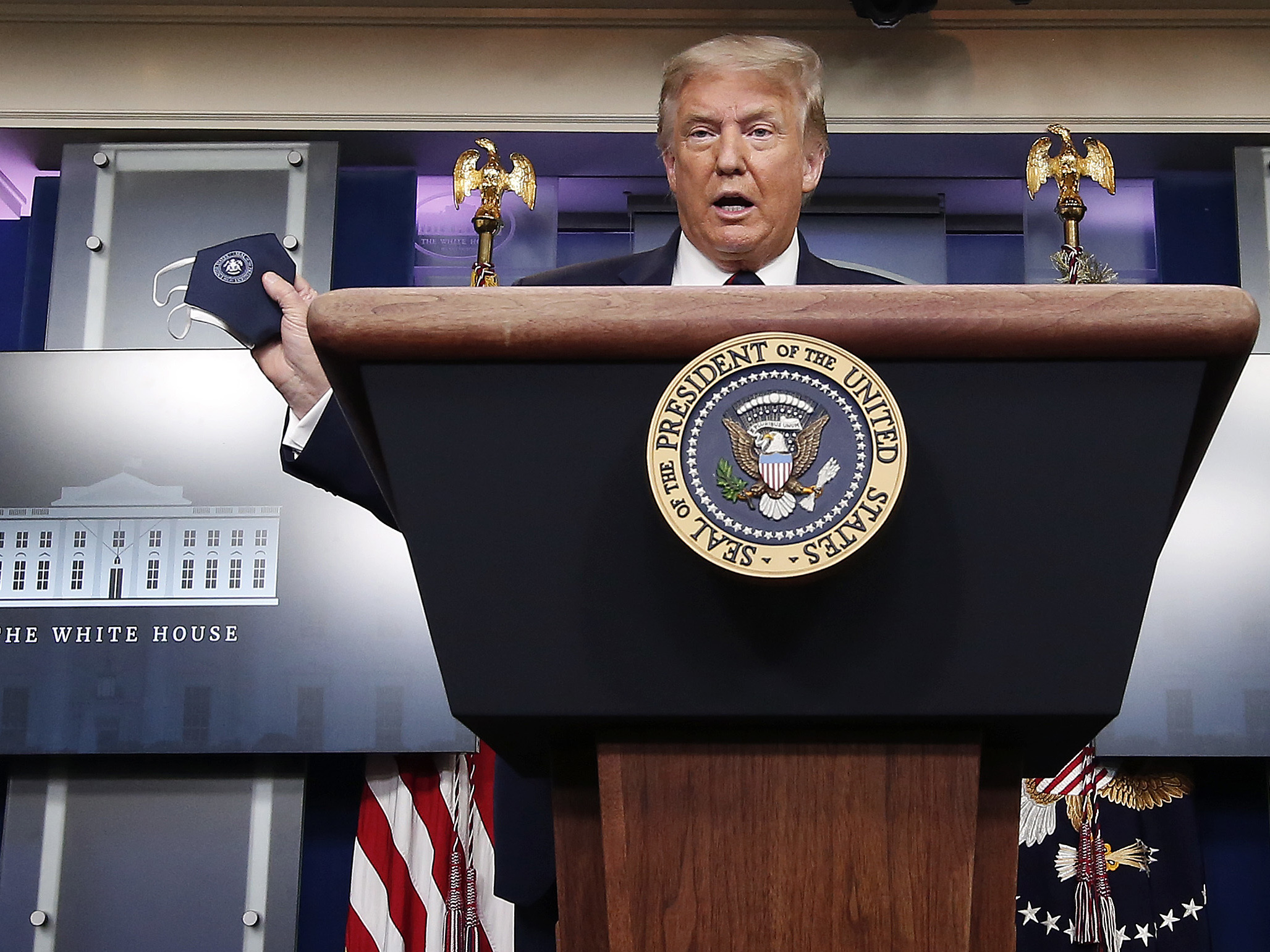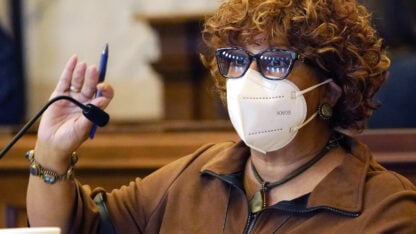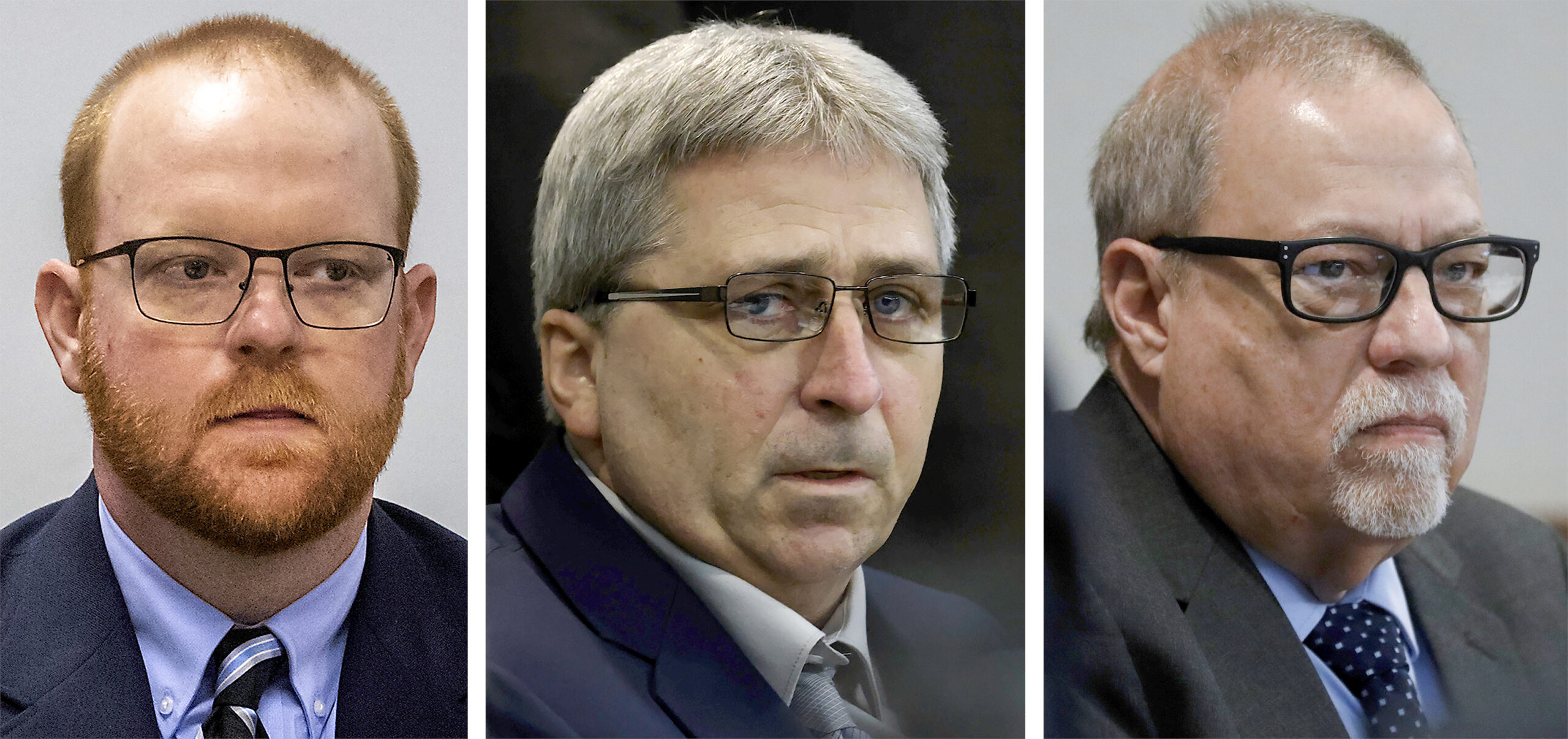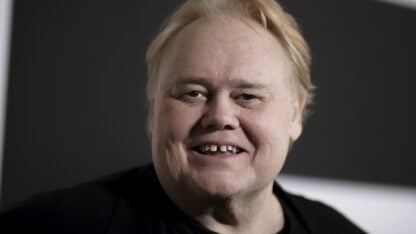Trump Blames Demonstrations For Coronavirus Surge

U.S. President Donald Trump talks to holds up his face mask during a press conference in the Brady Press Briefing Room at the White House July 21, 2020 in Washington, DC. Trump focused on his administration’s handling of the global coronavirus pandemic. Poll numbers about his handling of COVID-19 have been falling as cases of deadly virus have spiked across the country.
Chip Somodevilla / Getty Images
Updated at 6:50 p.m. ET
President Trump on Wednesday placed much of the blame for the swell in coronavirus cases on recent demonstrations against racism and police brutality, ignoring in large part his own large-scale rallies and his administration’s push to reopen the national economy before the virus had been fully contained.
“Cases started to rise among young Americans, shortly after demonstrations — which you know very well about. Which presumably triggered a broader relaxation of mitigation measures nationwide,” Trump said, also acknowledging increased congregations at beaches and bars over the summer holidays.
“We’re also sharing a 2,000 mile border with Mexico, as we know very well, and cases are surging in Mexico, unfortunately,” Trump said, implying that the nation’s southern border neighbor was also in part to blame for the United State’s spike in cases.
Trump’s Wednesday briefing comes as cases of the virus continue to surge across the United States, particularly the U.S. South, and as Americans’ faith in his ability to manage the pandemic sinks, according to recent opinion polls.
The Wednesday news conference was the president’s second this week. He had said on Monday he planned to make briefings on the pandemic a regular fixture from the White House briefing room, after a months-long hiatus of the daily response updates.
Trump has taken a more serious tone on the pandemic in recent days, saying it would likely get worse before it got better, and urging Americans to wear masks to help slow the virus’ spread.
The president, for the second day in a row, was not joined at the podium by any members of the administration’s coronavirus task force, which includes some of the nation’s leading public health experts and is chaired by Vice President Pence.
When asked why he was no longer being joined by members of the task force at these briefings, Trump said he felt that it was more “concise” to have experts distill updates to him and he deliver that information to the public.
“They’re briefing me, I’m meeting them … They’re giving me everything they know as of this point in time, and I’m giving the information to you. And I think it’s probably a very concise way of doing it,” Trump said.
As the virus continues to spread across the country, it has wrought havoc on local health care systems and the national economy. And in recent weeks, hot spot clusters across the U.S. Sun Belt have highlighted the extent to which the government has failed to contain its spread, in contrast to much of the developed world.
Growing mistrust in Trump’s ability to effectively manage the crisis, as well as his administration’s response to recent civil unrest against racism and police brutality, have tanked the president’s already-low approval rating.
A polling aggregation from FiveThirtyEight shows the president’s disapproval rating at 55.7%. And Trump trails Joe Biden, the presumptive Democratic nominee, nationally by 8.4 points, according to RealClearPolitics.
9(MDAxODM0MDY4MDEyMTY4NDA3MzI3YjkzMw004))








